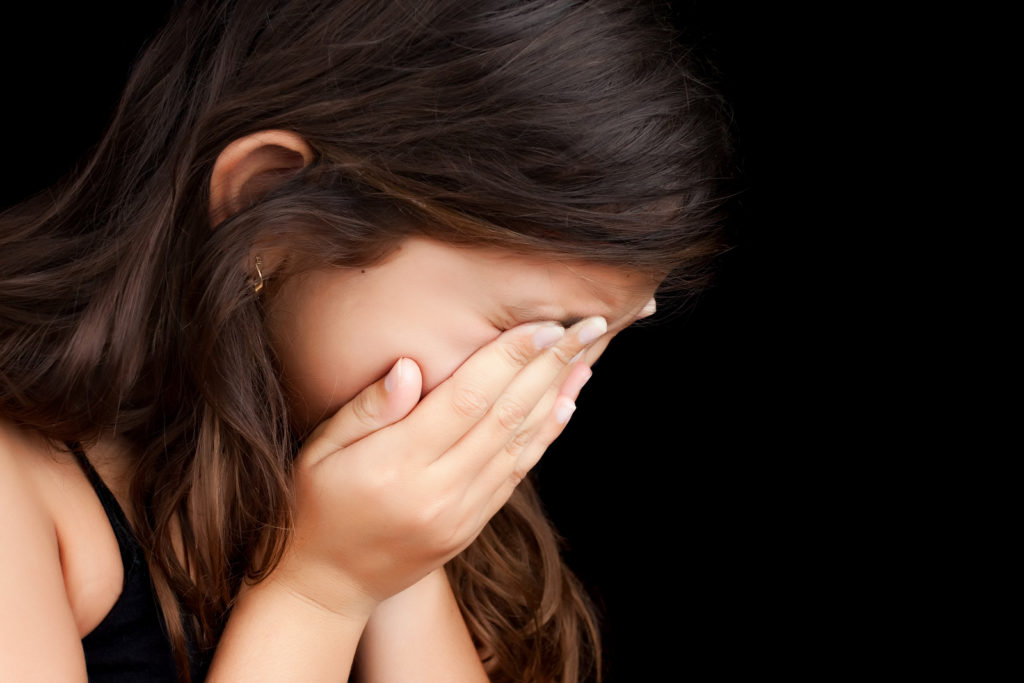How Can Parents Explain Episodes of Gun Violence to Very Young Children Without Filling Them with Fear?
11/14/2017

I am a principal of a K-6 school in Great Falls, MT (65,000). We are a rural state with many conservative (Republican) viewpoints on gun legislation. In the city I preside, predominately Democrat, there are different viewpoints than the rest of the state. This has been a question we have tackled as administrators and teachers, lately.
Here are some of the things we have discussed at the elementary level, as well as what a parent might discuss their child:
Age-Appropriate Conversations
The discussions you have with kindergarten students are going to be different than those of sixth graders. Sixth graders watch the news and are can read on social media the horrors of gun violence. A question and answer session can get out of control in a mere instance. The biggest arguments connected to gun violence are obviously the rights of all Americans under the 2ndAmendment, as well as the mental health component. Educators and parents can find themselves in tricky conversations with these polarizing conversations. As a parent and educator, you want students to understand that they are safe and do not have to live in fear. You teach kindness, tolerance, and empathy. We have empathy for the victims of gun violence. In the same tone that we have tolerance for gun owners…especially in Montana. Yet, here is where the conversations can go awry. As soon as educators express their personal viewpoints, students and parents have an argument against it. We must remain impartial. Parents need to be the ones going deeper with their families beliefs on the topic. Hopefully, these parents stress the power three: kindness, tolerance, and empathy. Almost anything can be discussed when your topics lead back to them.
Non-Political
As educators we need to remain non-bias in regards to politics when it comes to gun legislation. As parents, your viewpoints may swayed. For example, in our house, my son likes to hunt everything and we own five guns. We teach how to respect guns, they are always locked up, and they are used to hunt or target shoot. We agree in this house that there needs to be more gun legislation on who can buy a gun. We believe a family or individual should be limited in what types of guns they can purchase. We believe that red flags in mental health evaluations and sketchy background checks should deny you from buying a gun. Every family has their own beliefs. I believe it is okay to talk with your kids about this. Keep politics out of it. At the adult level, it becomes a "D" vs "R" thing, and that is nothing that we can control in our own homes. We stay within the realm of influence with our conversations. We, again, tie it back to the big three listed above.
Support the Victims
Instead of spending a lot of time on the shooter, spend time on you can support the victims and their families. This teaches students that violence has an impact that is far reaching than the victims that lost their lives. Make sure students understand they can make a difference through supporting a victim fund, doing a fundraiser, service project, writing cards, etc.
Discuss Safety Procedures / Active Shooter Training
Let students know that your main job is safety and protection. Discuss the different drills and procedures your school practices. Many schools, like mine, have worked on Active Shooter strategies within our school buildings. The program called, Run, Lock, Fight, teaches staff and students about the basic concepts of surviving an active shooter. As a parent, let your child know about the safety procedures you have in place in your own home, car, or other areas you may visit.
In and Out Discussion
Fear sets in when a topic is so intense it is hard to feel safe. This can happen if educators or parents spend too much time discussing the topic. We do not want students to become numb to these events, yet we must limit their access to TV and Media live events or videos that show the violence…much the same as violent video games. We keep our message short and to the point. We avoid too many of the "what ifs," yet we must spend time with the basics of safety in our home, at school, and elsewhere. Discussing the safe people and locations is one way to calm the fears of younger students. Who are the safe people in your house? Who are the safe people at school?
Hand it Back to Parents
As educators, we are not going to get into a topic discussion that has not evident right or wrong. Arguing the true intent of the 2nd Amendment may be good for discussion in your curriculum at some point. Tying that event to gun violence from that day may be overwhelming for educators, students, and their parents. Again, teaching student's empathy, kindness, and tolerance will help our society, as we understand each other better!
- Learning How to Say No and Set Boundaries with Parents - November 21, 2022
- If You Had Only One Behavior Strategy to Use in Your Classroom, What Would It Be? - September 26, 2022
- Live Your Code: 7 Strategies That Will Help You Be the Most Effective Educator You Can Be - August 15, 2022









